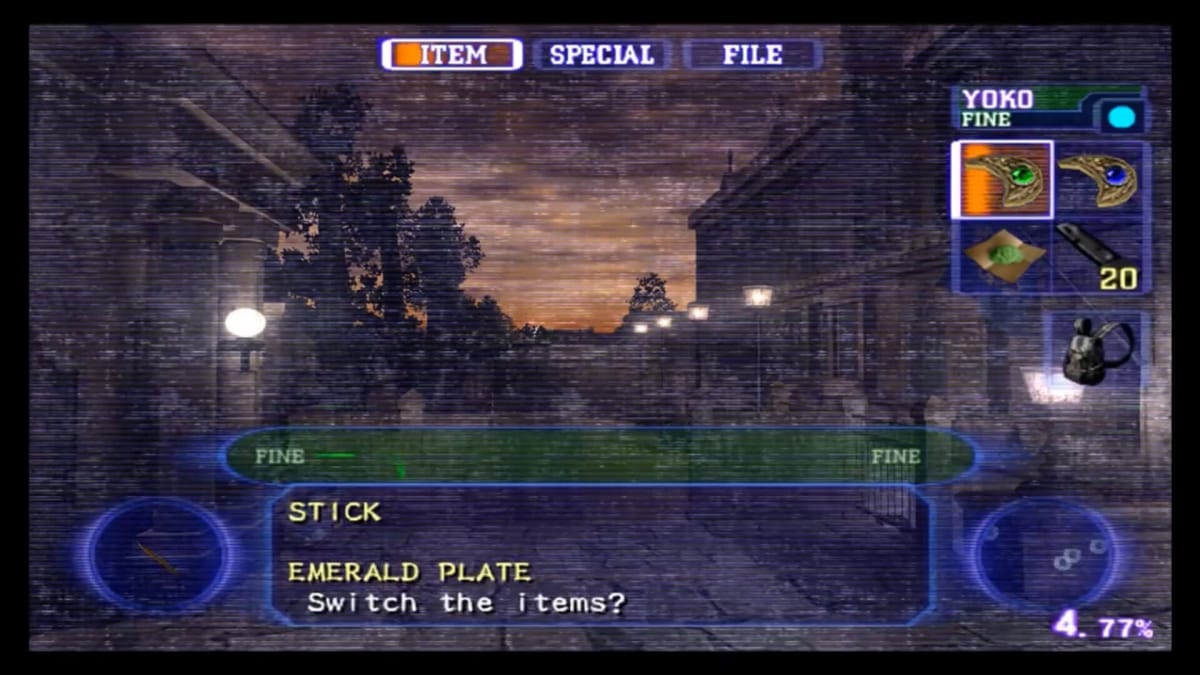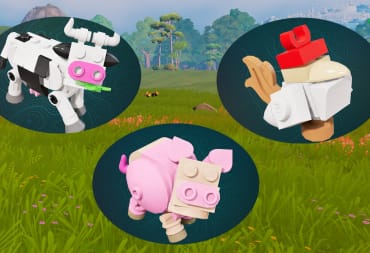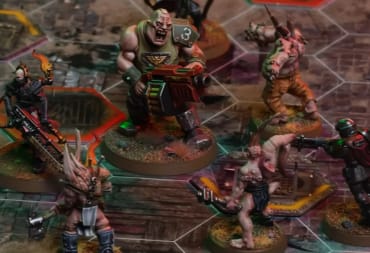Many games utilize some form of status ailment that deals damage over time. Typically, it's a simple "poison" or "venom" status ailment, although variations exist. Other games run with the idea and integrate some type of infection into the game's main mechanics.
With millions of people across the globe remaining socially distant, many at home are trying to make the best of the situation. For some of these people, this means catching up on a gaming backlog. Diseases and parasites are not new concepts to video games, but here are some titles that took it just a step further.
Resident Evil Outbreak
The Resident Evil: Outbreak series on the PlayStation 2 features eight ordinary citizens of Raccoon City fighting for their lives against waves of undead (and worse things, like monstrous fleas and leeches). It was the first Resident Evil title to feature online play, a novel concept at the time.
To combat idling on the servers all day, Capcom instituted a neat little mechanic and meshed it seamlessly into the game: the Virus Gauge. Each character (and their various permutations) had a specific infection speed that rose the more they were attacked by enemies. In short, it acted as a timer to make sure players would work together and quickly complete the scenario. Herbs and other medicines stalled the gauge, giving players more time to finish their level. If a character dropped below a certain HP value, they collapsed to the floor and their infection rate would begin skyrocketing.
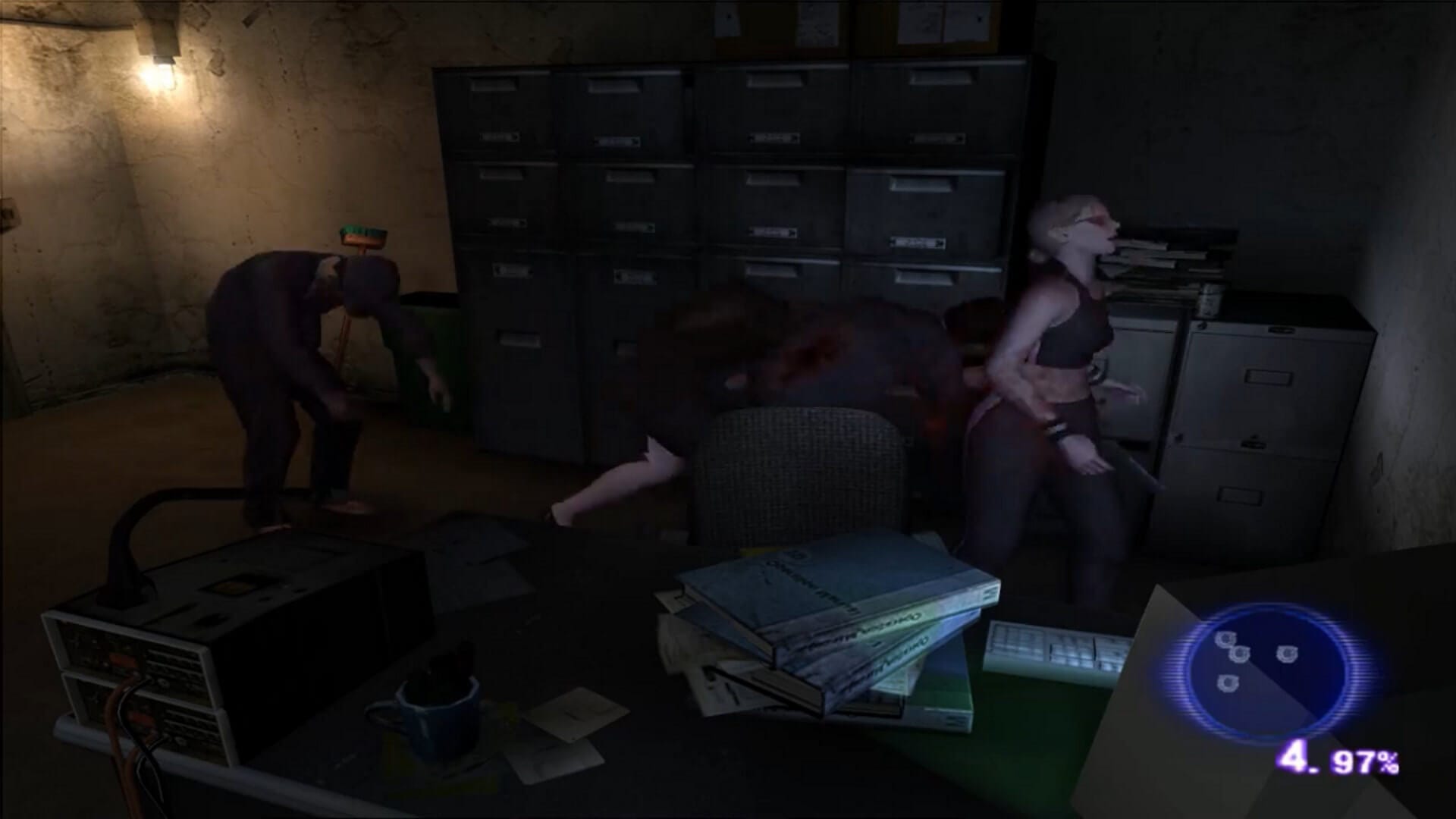
Interestingly enough, the only way a player could actually die was to be hit by an instant-death attack or have their Virus Gauge fill up to 100%. This created a possible soft-lock in the final scenario of the first game if players cured themselves of the T-Virus and were incapacitated without an ally or healing item at hand. Filling the Virus Gauge during online play also allowed players to reanimate as a zombie under their control for a few minutes.
In recent years, Capcom has begun to acknowledge the side-game's canon status. Reporter Alyssa Ashcroft survived to write an article about Dulvey's disappearances in Resident Evil 7, and Officer Rita Phillips has a desk in the R.P.D. West office in the Resident Evil 2 Remake.
Scurge: Hive
Developed by Orbital Media for the Game Boy Advance and Nintendo DS in 2006, Scurge: Hive follows the story of bounty hunter Jenosa Arma. Jenosa becomes infected with the Scurge, an alien entity able to corrupt biological, mechanical, and even digital systems. Decontamination stations act as save points and minimize her infection rate, but Jenosa is unable to fully cure herself over the course of the game.
A large part of Scurge: Hive's gameplay is balancing risk and reward. For instance, Jenosa has several weapons to choose from. Each is effective against a specific kind of enemy, but makes another type of enemy more powerful. Since many enemies come in mixed packs, players need to make quick decisions on which weapon to use.
AMY
AMY featured a rocky release, filled with several game-breaking bugs that had nothing to do with the mysterious plague sweeping its universe. Lana must escort Amy, a young girl with mysterious powers, to safety after people begin transforming into monsters. Lana herself is infected, and must stay close to Amy or take a dose of medication to prevent turning. The higher her infection rate, though, the less likely Lana is to be attacked by monsters. This allows her to sneak past and avoid a fight, but also carries the danger of succumbing to the strange disease and cause her to transform as well.
Several times, players are tasked with separating from Amy for a brief while to accomplish some task. Players need to judge a situation and avoid lingering without Amy or a medical syringe nearby. While the game features some neat near-future aesthetics, it is marred by gameplay issues.
Breath of Fire: Dragon Quarter
In a radical departure from the typical fantasy Breath of Fire RPG series, Dragon Quarter for the PlayStation 2 takes place in a post-apocalyptic, gritty, industrialized underground. The fifth game features punishingly difficult encounters and explicitly includes a "give up" mechanic to carry over some progress to a new game. Because of its high difficulty, players may be tempted to make use of hero Ryu's D-Dive to transform into a dragon and curbstomp a battle or three. This power comes at a price, however.
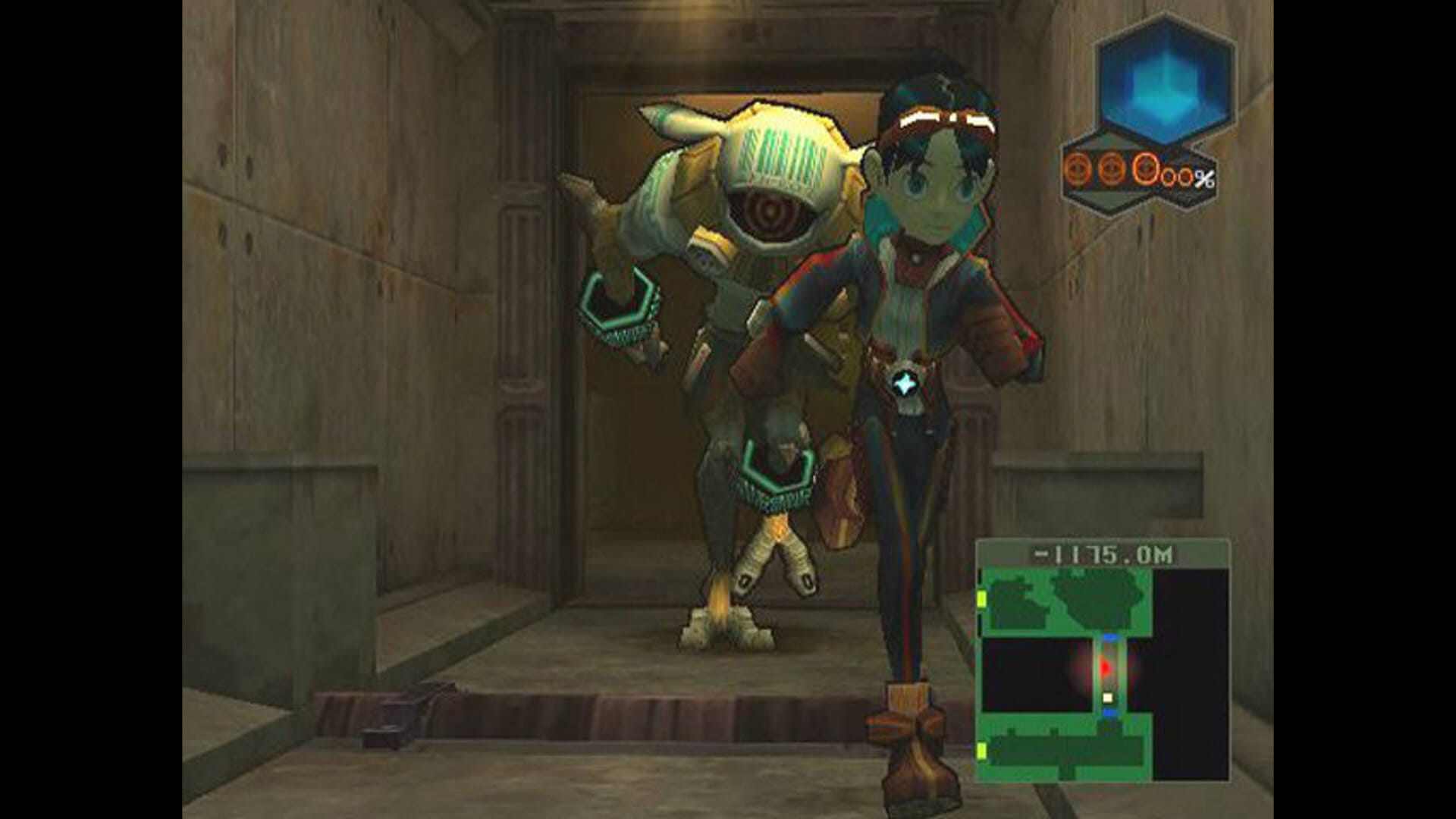
Shortly after receiving this immense power, Ryu gains a D-Counter. This is an indicator of his bond with the D-Construct Odjn. If it reaches 100%, Odjn will erupt from Ryu's body, killing him. Players need to ration the use of his dragon abilities, since there is no way to reduce the D-Counter. Fighting, using his powers, and even just walking around slowly raises Ryu's D-Counter. The Scenario Overlay (SOL) system unlocks new cutscenes every time the player starts over, encouraging strategic use of the give up option to see the whole story.
Despite its changes from the rest of the Breath of Fire series, Dragon Quarter has come to be regarded as a bit of a cult classic thanks to its high difficulty, innovative mechanics, and charming graphics.
Plague Inc.
Rather than worrying about getting a disease, Plague Inc. sees you attempt to eradicate all life on earth using a pathogen. Having something highly infectious and subtle is one of the easiest ways to win. At least, as long as someone doesn't cough in Poland once and Madagascar closes everything. The more communicable the disease, the easier it naturally is to spread, making it very important in the early game. Keeping a low level of lethality means most countries will keep airports and harbors open. Turning up the symptoms means people begin dying in droves once you've infected enough of them. You can upgrade your disease or parasite to resist different climates and become communicable through more vectors, such as air or water.
Naturally, every time a disease makes the news, Plague Inc. sees an uptick in sales. Earlier this year, it went viral (pun possibly intended) in China before being banned from the market in February. Current relevance aside, it is a fantastic strategy game in its own right.
Have a tip, or want to point out something we missed? Leave a Comment or e-mail us at tips@techraptor.net
